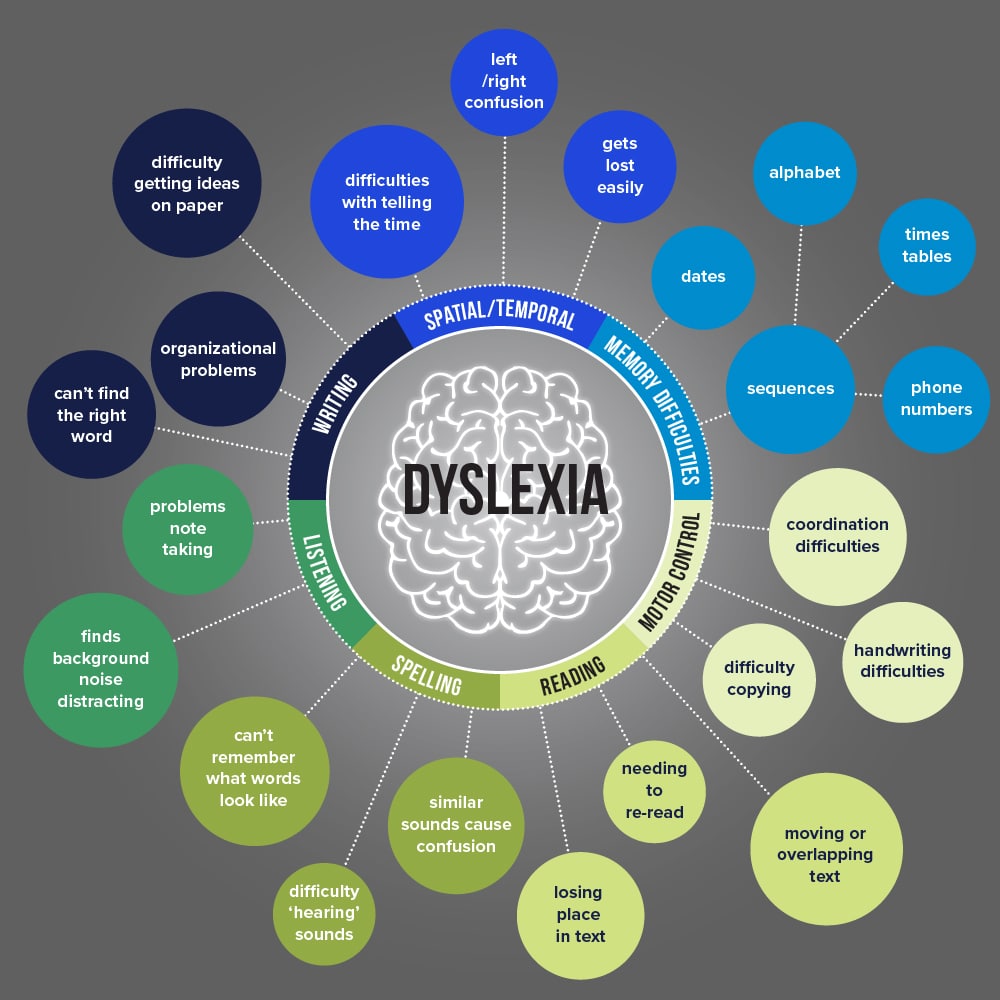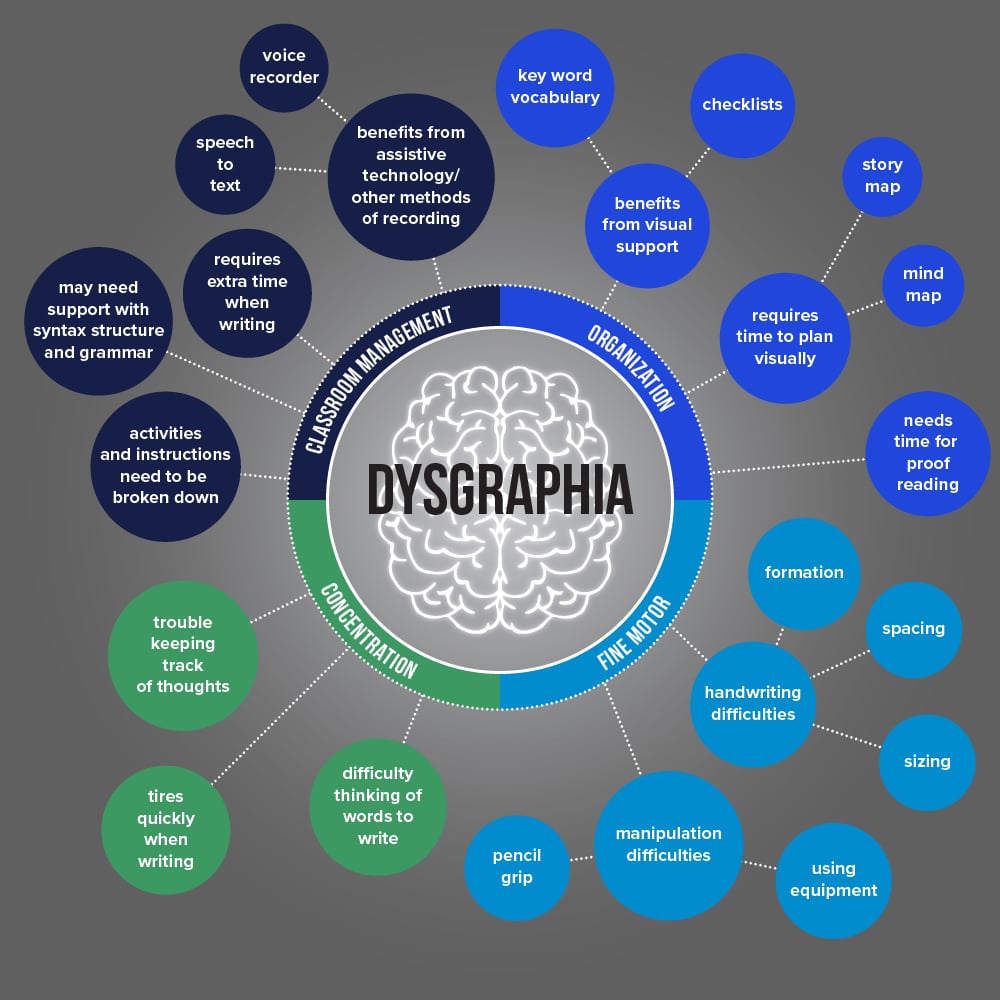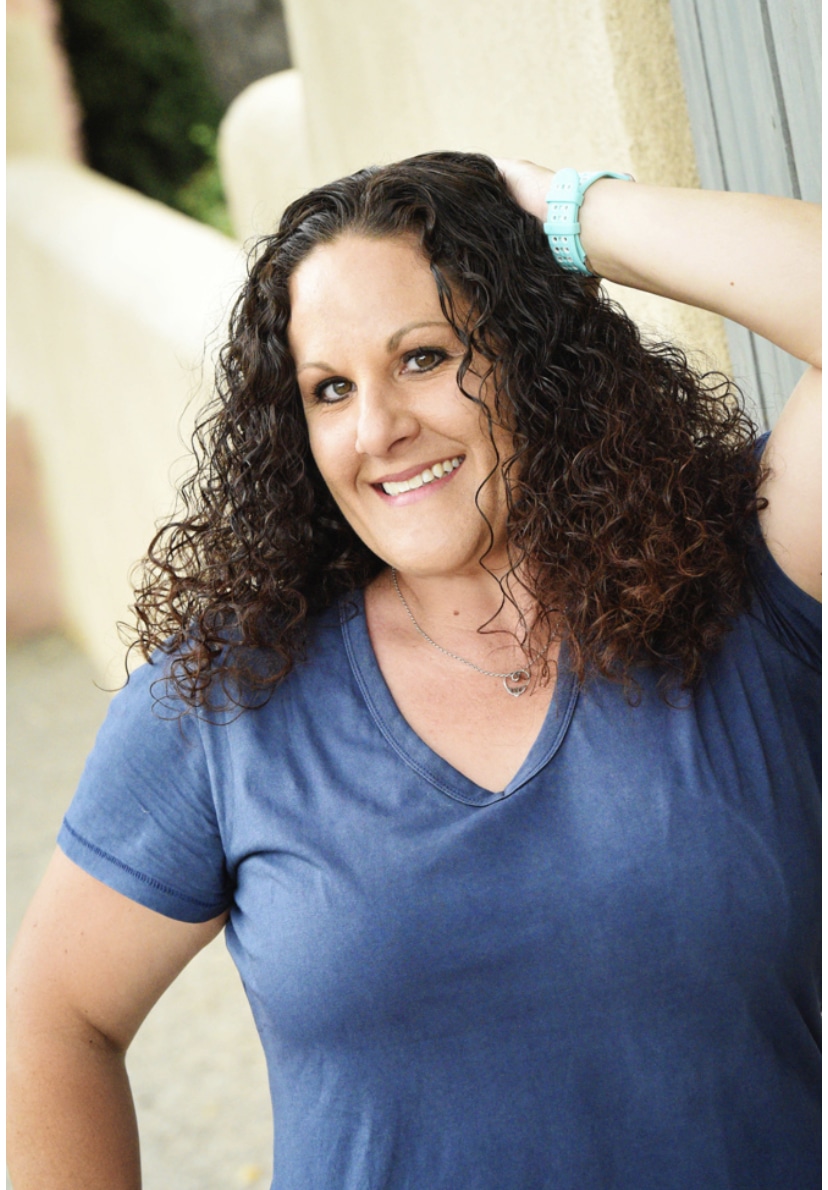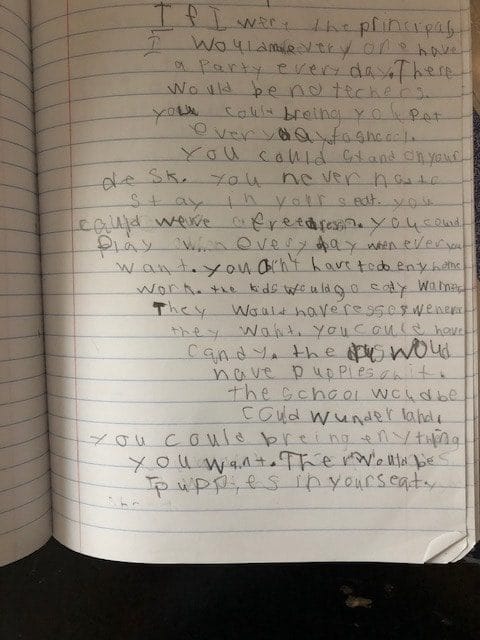
Writing is difficult for everyone, from young students to the most talented and prolific authors in the world. But for students with dysgraphia, there are many other factors at play.
Writing is often thought of as one of the most difficult tasks taught in schools. Even if we disregard the creative aspect of it, the act still isn’t easy because of all the physical components that go into handwriting. Eye-hand coordination, posture and body control, muscle memory, vision, and good dexterity for a strong grip are all vital.
Add to that list the memory that’s required to retain the alphabet and vocabulary, plus good visual perception to properly space letters and words, and it’s official: there is a lot that goes into learning to write. It’s no wonder many students struggle with it.
A short list of reasons why students might have difficulty with writing include:
- poor fine motor skills
- messy or slow handwriting
- lack of attention to tasks
- poor spelling
- difficulty with letter form processing
- difficulty with retrieving or storing letter formations
- difficulty getting thoughts to paper, poor spacing between letters and words
- letter and number reversals beyond early stages of writing
- heavy pressure and fatigue
- inconsistent or awkward pencil grip
Struggling with one or two things in that list is fairly typical for a majority of students. But if they have many of these issues, it might be time to look a bit deeper to find an underlying cause and, if necessary, ways to support or assess their writing ability. Because if there is a breakdown within many of these areas, students can have a hard time keeping up with the writing demands in school.
What is Dysgraphia?
With so many reading and writing struggles, we have a big umbrella where these are all categorized into dyslexia. Under this umbrella, we have other components such as dysgraphia. As this umbrella has grown, we are now finding that these subgroups have very important components to them and are starting to be pulled out from underneath.
Dysgraphia is very similar to Dyslexia, however, they can also be separated out. An individual with dysgraphia could have no problems with reading at all. The International Dyslexia Association defines dyslexia as “a deficit in processing the phonological component of language, resulting directly in difficulty with decoding, spelling, accuracy, and fluency that, in turn, impacts comprehension and reading experience.” (Dyslexiaida.org, 2019).
Dysgraphia is defined as “a written language disorder in serial production of strokes to form a handwritten letter. It involves not only motor skills but also language skills. The impaired handwriting may interfere with spelling and/or composing, but individuals with only dysgraphia do not have difficulty with reading.” (Beringer & Wolf, 2016).
When thinking about dysgraphia as a language-based disorder, there are many things to consider. We can look at it with a team approach.
- We know speech therapists work on language components such as expressive and receptive language, working memory, and more.
- When these language components turn into written communication, our occupational therapists come into play to work on fine motor tasks, letter formation and executive functioning.
- Teachers are the front line—teaching all of these skills.
- Assistive technology specialists take a look at how to bridge the gap for their reading and writing struggles.
What does Dysgraphia look like?
Let’s take a look at some examples to see what it looks like when a student has some difficulties within some of these areas.
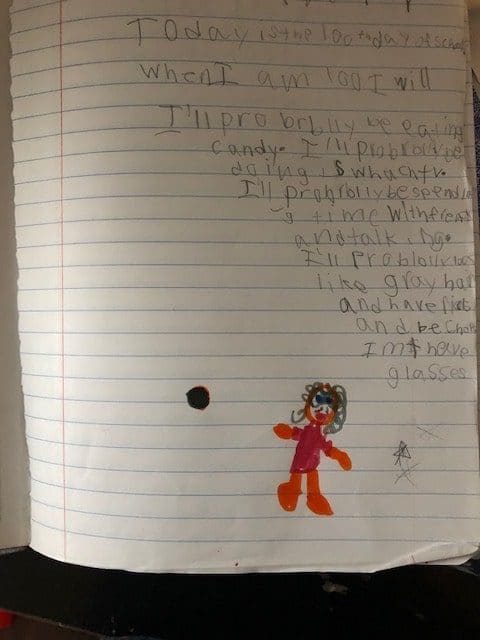
Pictured is handwriting done by a second semester 2nd grader. In the first picture, you can see a breakdown in visual perception. The student is taught to always start on the left, but you can see the difficulty with that task.
As we zoom in, we can now see other difficulty areas. This student has a hard time with spacing between letters and words. She has a difficult time with formations of letters (lower case vs. upper case) as well as spelling. Her working memory for forming letters as well as for spelling is very difficult.
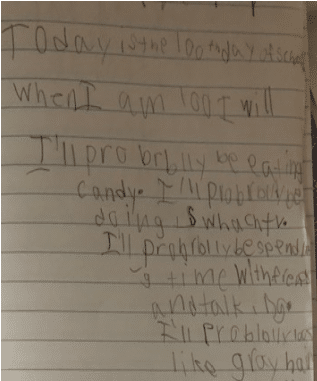
This student can verbally tell you how to spell words, and she does this effectively, reciting them with little to no errors. But when she has to put them down on paper, it’s a different story. In this writing sample, she gave many details of what she will look like and what she will be doing when she is 100 years old. But when she verbally read this back, she actually spoke with many more words, descriptives, and complete sentences.
We can clearly see the processing break down when she writes. This second grader is at grade level for reading and has great comprehension. She struggles with writing.
So, when we look at a student like this, with multiple boxes checked, how do we help her? She is not even a grade level behind, and for now, is in the middle of the road in her class. But still, we know where this will lead as she progresses through the grades without accommodations or interventions.
What can we do to help Dysgraphic Students?
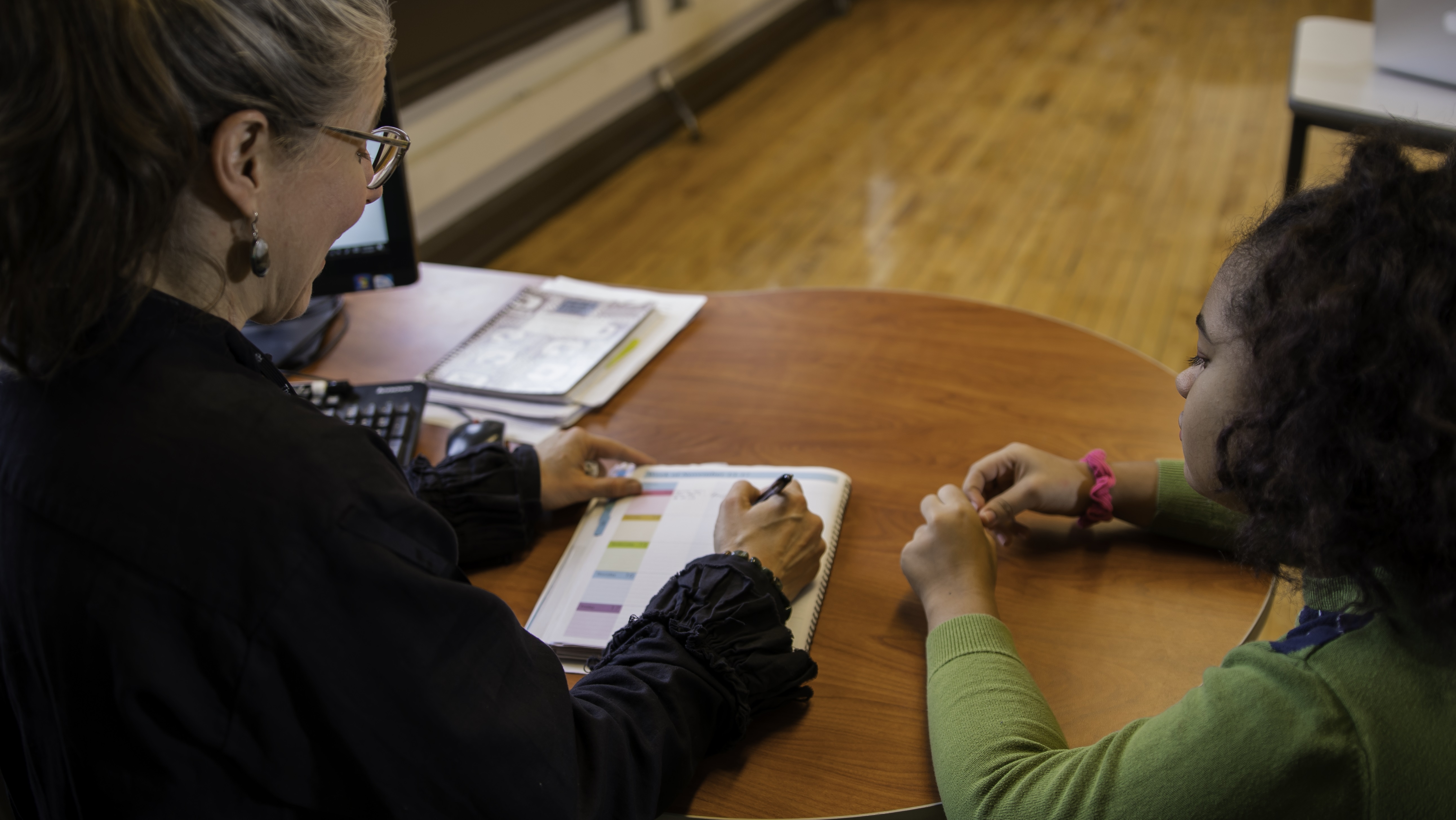
With the demands of writing only increasing with each grade, we know a referral may come through for her around 4th or 5th grade. Or it may not come at all! Students can still be brilliant, and more times than not, those who have writing or even reading struggles will compensate well. They can fly under the radar for a long time, may never get referred, but will always be categorized or made to feel as a mediocre student. But in fact, they are often very bright—even above grade level—but do not have access to tools to prove that.
These students, who early on had a passion for learning, find that passion fading as school progresses and it’s apparent that it will always be a struggle. More times than not, teachers, therapists, or any school support person went into their profession to see that every student succeeds and finds a love for learning. Unfortunately, we can’t always reach every student’s needs in each classroom.
But for the students who get referred for Occupational Therapy in 4th and 5th, we begin to dig deeper. These students probably struggled back in 2nd grade, just like the student in the pictures above, but now they can no longer keep up and are now falling behind. We know that reading and writing demands greatly increase in 4th grade, and even more so into 5th grade. Most of these students can speak a beautiful sentence or paragraph with great vocabulary and plenty of detail, but when they are required to write it down, the process simply falls apart.
Technology and Support

Assistive technology specialists often use technology to bridge learning gaps with our struggling readers and writers. These students need more support to keep up with their grade level curriculum, and ultimately, with their peers. Sometimes these students have skills that are at grade level or above with the right supports (for example—a text reader could help a student with fluency issues who has grade-level listening comprehension). Yes, they still need to build their foundational reading skills, but they also need to access the grade level curriculum in front of them and stay engaged in class. Having an accommodation will only boost their confidence, and in turn, keep them engaged.
The same applies to our struggling writers who consistently get red marks or frowny faces on their papers because no one can read or understand what they are trying to say. These students have so much to say, and many just need that text to speech support to get their beautiful words on paper.
When we speak of technology support, we can look to reading and writing accommodations like Snap&Read and Co:Writer to help bridge these gaps. Snap&Read is a text reader, but loaded with so much more. Many times our struggling readers have a hard time with phonetics, sounding out words, remembering definitions to vocabulary words, etc. Snap&Read will read any digital or PDF text aloud, and will also level the vocabulary words so students get access to their grade level curriculum. It will give definitions and supporting pictures to all words as well. This allows students to better understand what they read and helps them stay engaged in the classroom.
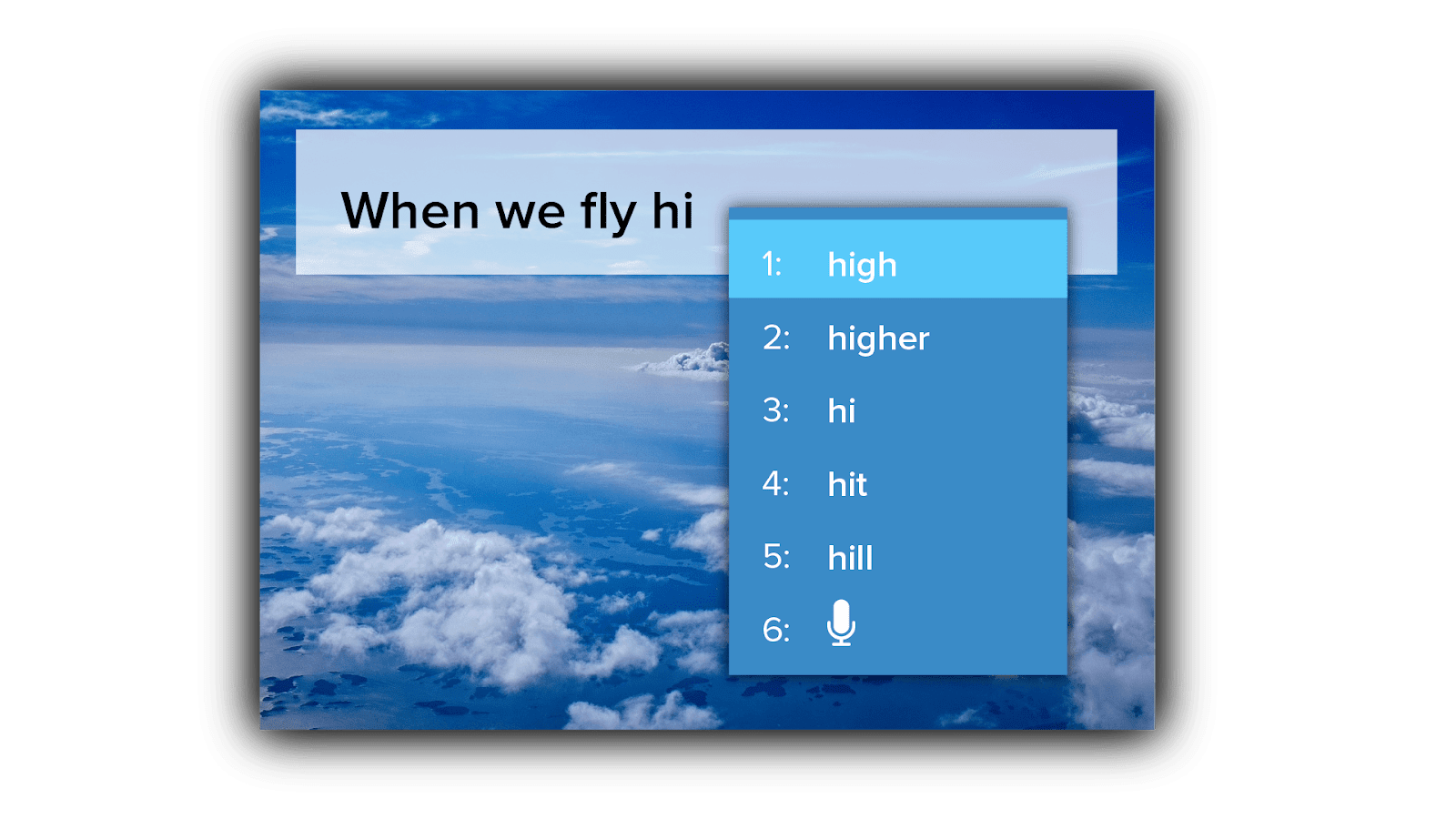
With Co:Writer, we can use the speech-to-text feature to capture all those wonderful thoughts and put words to paper. Co:Writer also has word prediction for students who struggle with vocabulary or working memory. It will predict words as students type. Students end up with a document that they can self-check. Ultimately, they find that they can be successful, independent writers.
Building Teachers Capacity

It’s no secret that many kids struggle in school, but if there is a simple way to reach many of them—and to help them retain their love for learning, stay engaged in the classroom and make them feel successful—shouldn’t we give it a try? We can probably all agree that we want to raise test scores, decrease the need for weekly services or pull outs, decrease new referrals, and support all the amazing educational staff members who went into their profession to see ALL kids succeed.
Teachers struggle to help everyone because they are just simply overwhelmed. With the 5-minute dysgraphia screening tool, you can hand your teachers as a quick reference tool, they can use to see what a student’s struggle might be. They can quickly screen to see if he or she might need to be referral for further testing or if he or she might need an accommodation.
With the right tools, we can stop reacting only after a problem comes up, and instead focus on being proactive and globally-minded, we can reach more students and have more impact. Allowing ALL students direct access to learning tools on their devices will decrease the need for more services, decrease new referrals, boost confidence in children, and will make them feel more successful. We all know what a checked out student looks like who has lost their love for learning. We have a chance to make sure that doesn’t happen.
